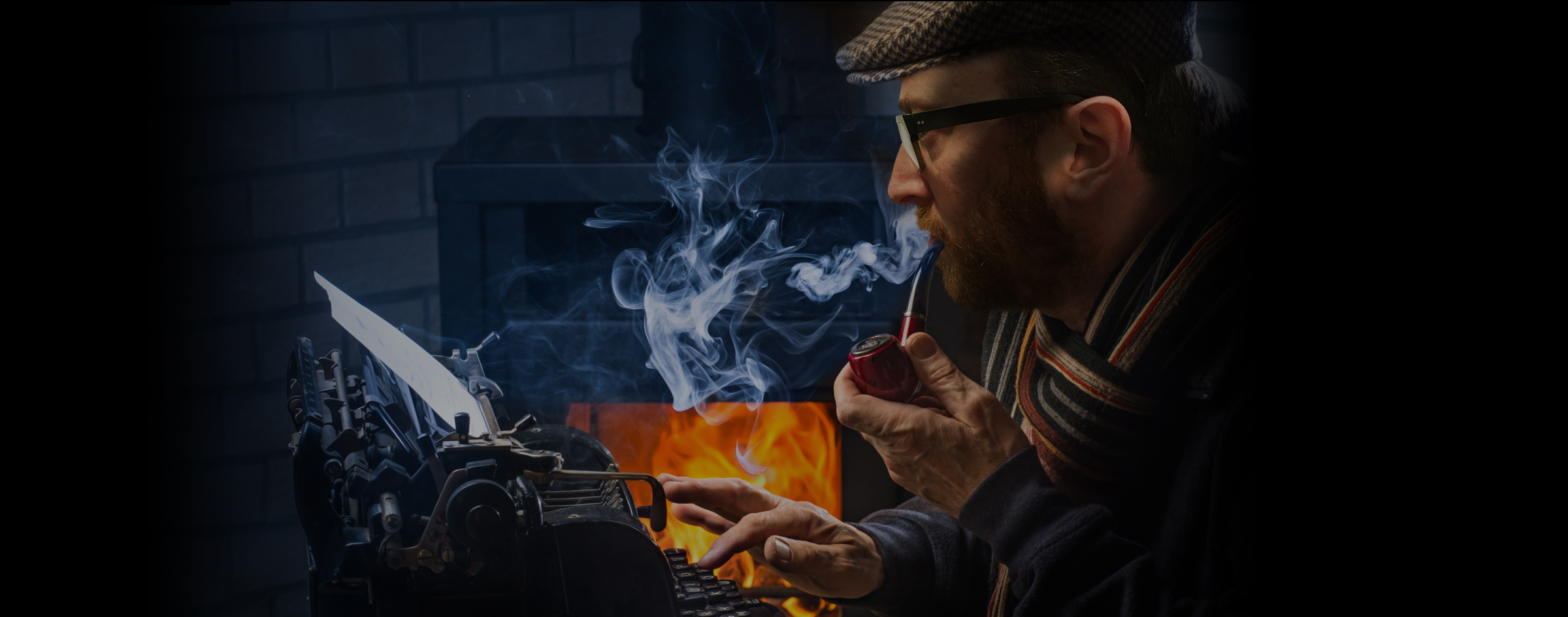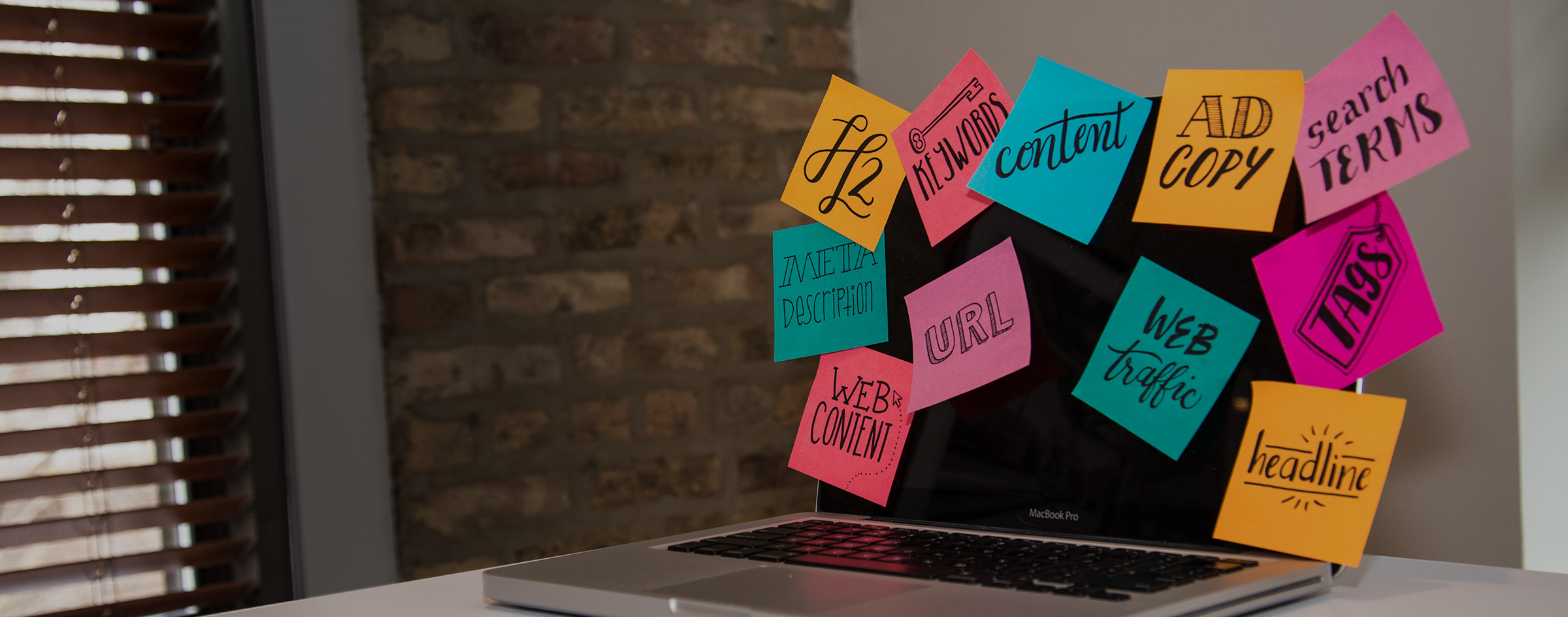It’s taken me a long time to not only harness my design skills and sensibilities, but to learn and be aware of the things they didn’t teach me in college art and design classes. Things that only life experiences, and sometimes hardships, provided. Through these experiences, I’ve become more grounded with my work ethic and better at partnering with those around me. I’ve compiled 10 lessons I think are vital to being a successful team player and art director in this crazy, beautiful world of marketing.
- Teamwork makes the dream work
You can’t do it all by yourself, so why even try? It takes a team to make a project successful. And while success can take many different shapes, working with a team of people who have your back always makes a huge difference in overcoming challenges and in the final product.
- Embrace the uncomfortable
There will be projects and clients that force you to think and design outside of your comfort zone. Immerse yourself in the client’s world and do your best to understand visually what their main goal is. Which leads me to my next nugget of wisdom…
- Surprise someone with your knowledge
When entering unchartered waters, it helps to know what you’re getting yourself into. Doing research on your own and asking the right questions will help you navigate through this unfamiliar territory. The more you know, the better and less foreign everything will feel, and the more credibility you will have.
- Create tight boundaries for yourself—and stick to them
As the old adage goes, less is more. When concepting, set limits for yourself early on to help focus your creative endeavors. Giving yourself a more narrow range actually helps you to come up with more creative solutions. Go too broad and you’ll end up wasting time.
- Respect your time and your craft
For all you freelance ADs out there, your time is your currency. If someone asks you to design something, it’s ok to say, “Sure, I’d love to help you out … this is my hourly rate and this is how long I estimate your project to take me.” Being upfront about your value as a resource creates a dynamic of respect.
- Be inspired, but don’t copy
It’s one thing to be inspired by a design or concept, but don’t ever simply take it and make it your own. Find resources to spark ideas, which will lead you to your next creative solution. One way I find inspiration is by making Pinterest boards. Don’t be worried when that million-dollar idea doesn’t come right away. Give it time and above all, don’t get lazy and steal.
- Notice all of the things
Notice current trends and indicators of possible future trends. Notice user experience. Notice what people are talking about. Notice colors and the emotion they invoke in a viewer. You’re not just an art director from the time you start work in the morning to the time you stop at night. It’s a full-time experience. Being in your practice 24/7 will help keep you inspired.
- Work with people who motivate you
There’s NOTHING better than working at a place where everyone around you is talented, smart and creative in their own right. Where your peers push you to be your best and are there to offer up advice when needed. Surround yourself with people who back you up on a tough-sell idea and serve a purpose in your creative evolution. Embrace the idea that everyone can serve as a teacher and a motivator in their own way.
- Share with others at all levels
From top to bottom within a creative department, it’s important to share work and ideas. This makes people feel valuable, important and heard. It also mentors younger designers who are just beginning their careers. It improves our quality of work as a team and strengthens team dynamics.
- Be open to criticism
As creatives, we put our hearts and souls into our designs. So when someone tears apart our work, it might feel more personal than productive. Do your best to not take things personally. Take the opportunity to be open and think of it as a teachable/learnable moment. If everyone loves it at first glance, it’s probably not risky enough.



